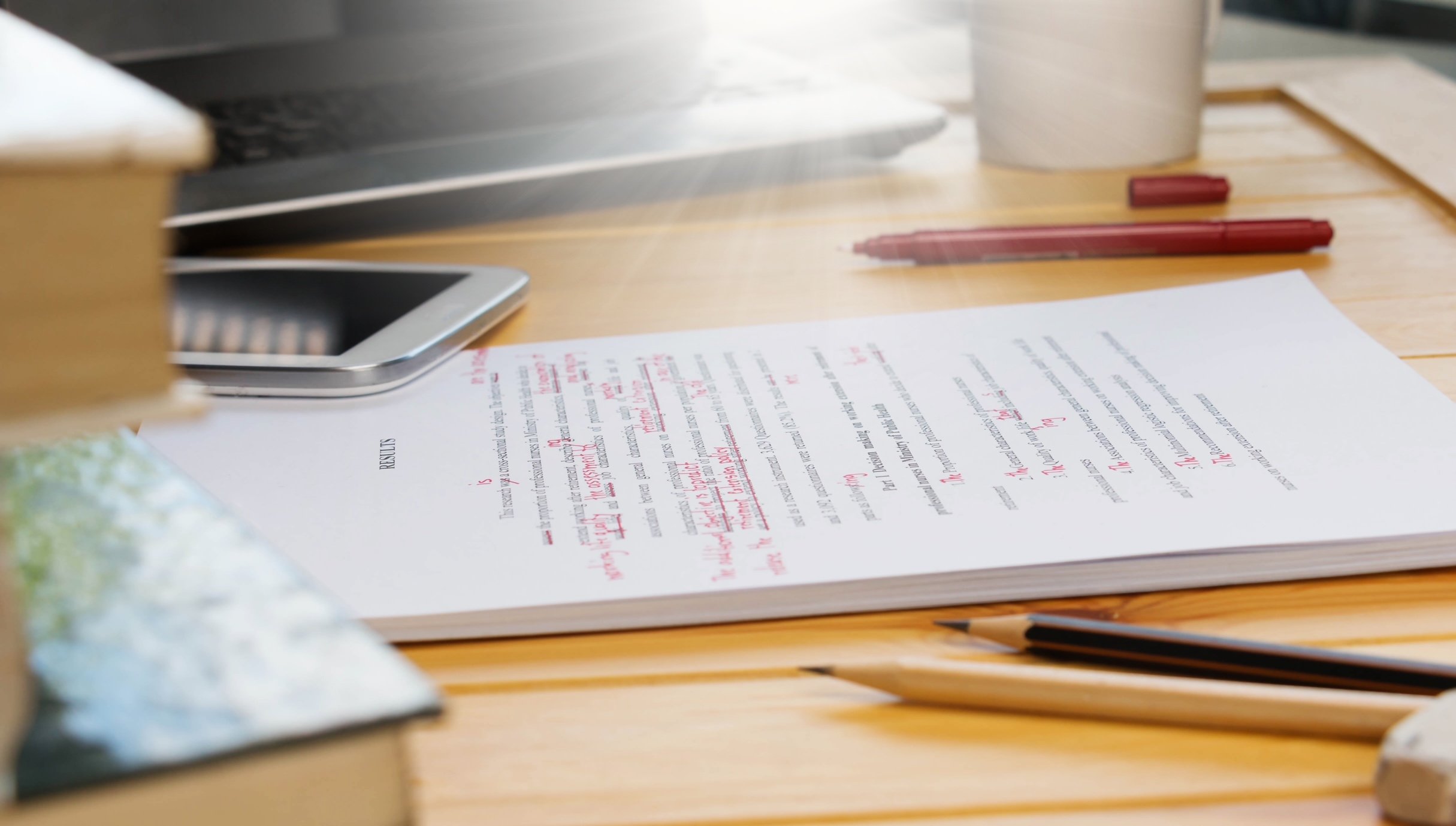Grammar and Punctuation Guides
Em and En Dashes, Colons and Semi-colons: avoid ‘em if you can
You can really go down a rabbit hole when it comes to the use of em and en dashes, colons and semi-colons. If you think you would enjoy that trip, I recommend buying yourself a copy of the Australian Style manual. These punctuation marks are also used differently in American and British English. While Australian English usually follows the British rules, it sometimes goes American and sometimes creates its own unique rules. However, if you want a set of guidelines that can be understood by any publisher, I have listed the basics below.
Rule #1
Avoid all of them if possible. This is usually easy if you are prepared to break a long sentence down into several shorter ones. The job of punctuation is to clarify meaning for the reader. At its best, punctuation is ‘invisible’. Em and en dashes, colons and semi-colons are flashy. They don’t like to be ignored, and they can distract the reader and break their concentration, especially when used incorrectly. There are also other, more user-friendly punctuation alternatives you can use in place of all of them, but I have steered clear of mentioning these in order to avoid muddying already murky waters.
Rule #2: the em dash
The em dash is the long one, twice the length of the en dash, which is longer than a hyphen. (Yes, we are going to have to talk about them too). The em dash is used to separate concepts. It is used to:
A. signify an abrupt change of direction in thought or action, e.g. The primary cause of food poisoning is inadequate cooking––but that is not what we are here to discuss
B. introduce an amplification or detailed explanation of something just mentioned
C. as an alternative to parentheses or brackets.
Rule #3: the 2-em rule
This is when 2 em-dashes used in a row without a space between them to:
A. indicate a sudden break in dialogue, that is, the person suddenly stops speaking, e.g. ‘But what––’
B. indicate missing words or letters.
Rule #4: the en dash
The en dash is the minus symbol in mathematical equations. The en dash is also used to link concepts, for example:
A. to link spans of numbers, e.g. pages 31-5
B. to link words which retain their individual meaning, e.g. Commonwealth-State agreement
C. to link prefixes to the following word (if it has not entered common usage as one word), e.g. non-refundable deposit
D. to join compound adjectives (if the word has not entered common usage as one word), e.g. HIV-positive person.
Rule #5: the hyphen
Hyphen use differs from country to country and is also to be used as sparingly as possible. It is used with:
A. some prefixes (if you want to know which ones, please refer to the Style manual; 99.99% of readers won’t notice whether you are using an en-dash or a hyphen with a prefix)
B. doubled-up vowels, e.g. de-emphasise, de-ice, anti-aircraft
C. in order to clarify meaning, e.g. re-creation as opposed to recreation.
Rule #6: Colon
The colon is a marker of relationship and sequence. It is used to:
A. indicate the start of a bullet point series
B. indicate the start of a block quotation
C. introduce a question within a sentence, e.g. The question is this: who will take responsibility?
D. introduce direct speech, especially of the formal variety. For example, He said: ‘The vote will take place now.’
E. introduce a subtitle or subheading
F. after a clause, or at the end of a sentence, to add, summarise or provide contrasting information, e.g. There is only one word for it: dishonest. Or, There were four tickets: not enough for all of us.
G. introduce a series or list of one-word items when you do not use an introductory expression like ‘such as’, ‘namely’ or ‘including’. For example: Three portfolios were represented: finance, health and defence.
Rule #7: Semi-colon
Refer to Rule #1. Please note the Word computer programs recommendations for semi-colon use are almost always wrong. Ignore them.
The semi-colon indicates a break that is stronger than a comma but not as strong as a full stop. If you absolutely must use a semi-colon, it is correctly used:
A. to link two clauses (sentences) that could be written as two separate sentences but which have a strong link that you would like to indicate to the reader through your use of punctuation. For example: We expect government approval next week; the building team can then start excavating immediately. If in doubt, rewrite your sentence as two sentences, which will always be correct
B. ahead of the conjunction ‘however’ if it is used in the middle of a sentence. For example: We expect our dog home next week; however, it depends on whether he heals as fast as the vet expects. If in doubt, rewrite as two sentences, starting the second with ‘However’.
C. to separate items in a list when the items in question are described in phrases or made up of multiple words. For example: For his role in the play, he was instructed to collect bread and butter pudding; red wine glasses; a sturdy rope ladder; two well-used Wellington boots; and a partridge in a pear tree.

